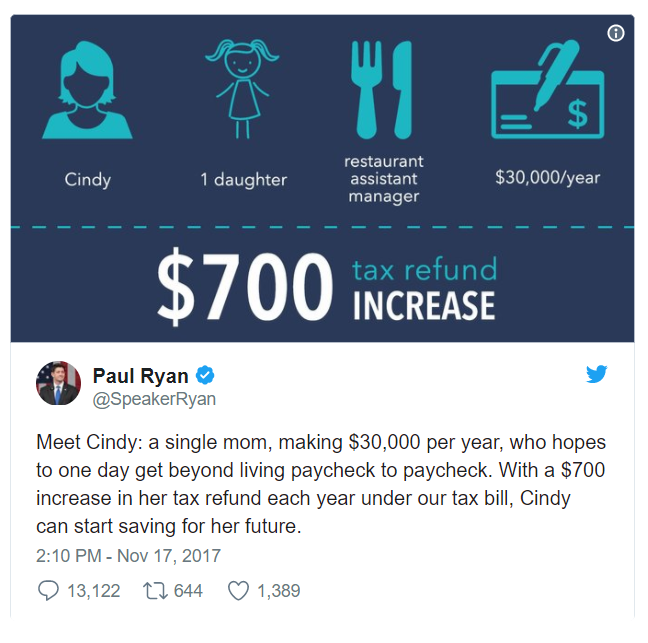Again this year, no one wanted to make the pumpkin pie for Anya’s preschool feast. So I volunteered. I didn’t want to make the same pie a few days later for our dinner. A bit of Internet searching and I found a dairy free pie for her class and a carrot pie for us. Both were incredibly good.
Because these are custard fillings, I blind baked the crusts. When dough is in pie plate, lay aluminium foil over the whole thing. Pour white sugar into the lined pie plate. Bake at 350 — 40 minutes for non-refrigerated coconut oil crust, 60 minutes for butter crust that was refrigerated for an hour after being placed in pie plate. Remove from the oven, allow to cool, and pick up the aluminium foil with the sugar & dump it back into the sugar bag. Since the crust is already baked, I covered the pie’s edges with aluminium foil to bake the completed pie.
Vegan Pumpkin Pie – adapted from https://chocolatecoveredkatie.com/2013/11/04/healthy-pumpkin-pie-recipe/ and http://minimalistbaker.com/coconut-oil-pie-crust/
Pie Filling:
20 oz pumpkin puree
14 oz can coconut milk without emulsifiers
2 tbsp ground flax (or 2 eggs)
1/4 cup rolled oats, powdered in food processor
1/3 cup brown sugar
2 tsp cinnamon
1/2 tsp fresh ground nutmeg
1/8 tsp ground cloves
1/2 tsp salt
1 tbsp vanilla extract
Crust:
2 cups all purpose flour
1/2 tsp sea salt
2/3 cup solid coconut oil
6 tbsp ice cold water
Crust:
Put about half a cup of water into a glass and place in freezer.
Mix salt and flour, then use a pastry blender to cut in coconut oil.
Add 4 tablespoons of water from freezer and mix in. Add a little more water, a teaspoon at a time, until dough forms.
Split dough in half, wrap with clingfilm, and refrigerate for 30 minutes.
Preheat oven to 350 degrees.
Remove from refrigerator and roll out dough. Place into pie plate and bake for 30-40 minutes until it is cooked.
Remove crust from oven and allow to cool while making filling.
Filling:
Preheat oven to 400 degrees.
Drain watery liquid from tin of coconut milk and reserve. Combine coconut milk solids with pumpkin puree and mix to combine.
Add sugar, spices, vanilla, and salt. Mix well.
Add ground flax seed (or egg) and mix. Pour into pie crust, cover crust edge with aluminium foil, and bake for 30-50 minutes until pie has mostly set.
Cool, refrigerate for 4+ hours.
A lot of kids really enjoyed the pie (it never occurred to me that “picky eating” extended to pie … but I learnt last year that, yeah, a lot of kids won’t eat pie. Especially not a pie that’s got any sort of could-be-a-veggie in it. For a normal snack/dessert, I make the filling, put it in ramekins, and steam it in the pressure cooker. Same flavour without the trouble of making a pie crust.
The recipe made two “normal” sized pies (i.e. not deep dish), and there was plenty for twenty people (sixteen kids, four adults). With enough left over that all three of us got a slice after class 🙂 Since I expected to have pumpkin pie on Tuesday, I wanted to make something different on Thursday. I found a carrot pie at http://www.craftycookingmama.com/carrot-pie-perfect-fall-holiday-pie/ and adapted it a little bit. I used the all-butter crust from Smitten Kitchen.
1.5 lbs carrots
2 T butter
1/2 cup heavy whipping cream
1/2 cup maple syrup
2 eggs
1 1/2 tsp cinnamon
1/2 tsp nutmeg
1/2 tsp salt
1/4 tsp ginger
1 tsp vanilla
2 tbsp tapioca powder
Preheat oven to 350 degrees.
Boil carrots for 20-30 minutes until they are tender. Drain water & return to heat to evaporate excess liquid.
Place carrots, butter, and cream in a food processor and puree until smooth.
Add the remaining ingredients to the food processor and puree until well mixed.
Pour into cooled crust and bake at 350 for 60 minutes until pie is set (knife inserted into centre comes out clean).
Served with maple whipped cream — add a few tablespoons of maple syrup to one cup of heavy whipping cream and whip until stiff peaks form.
This pie was really good too – Scott didn’t realize it was carrot-based until I mentioned it. It’s creamy and spicy and really good. So good we didn’t manage to get any pictures 🙂














